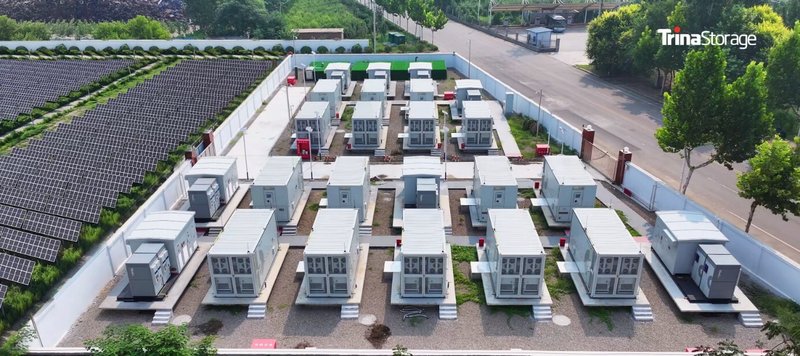Urgent requests to curtail electricity usage in Texas is a big revenue opportunity for DER, says GridBeyond

Last week Texans got a taste of what is likely to become a common occurrence this summer – urgent requests to curtail electricity usage to help avoid rolling blackouts. This is an opportunity for organizations that can predict and react quickly to market volatility using demand side response argues GridBeyond SVP North America Wayne Muncaster, which specializes in an AI-powered platform to generate savings and revenue while being unaffected by the fluctuances of the grid.
“This is the third time this year that ERCOT has called on Texans to cut power usage and the second time it has warned of the potential for rolling blackouts,” Muncaster says. “With temperatures expected to remain above 97 F, we are not out of the woods yet and could see further conservation alerts and actions from the grid operator to prevent outages.”
What happened
Texas power grid operator, ERCOT, issued its second conservation appeal on July 13 and deployed a series of measures to avoid rolling blackouts as soaring electricity demand threatened to outpace available supplies amid the stifling heatwave.
The conditions were expected to be similar to those experienced on July 11, when Texans and businesses responded by voluntarily conserving electricity and helping ERCOT successfully meet record power demand by reducing their energy use.
But following forecasts of inadequate supplies, on July 13, the grid operator went further and deployed a series of emergency measures noting that temperatures above 100 degrees Fahrenheit (38 degrees Celsius), combined with record demand and forced thermal outages were the key contributors.
The first measure deployed was a Conservation Appeal at 11.36 am, covering July 13 between 2-8 p.m. This notification is issued when projected reserves may fall below 2300 MW for 30 minutes or more. The state had projected Wednesday’s peak demand to hit 78,762MW.
However, at 11:39, ERCOT issued a watch for a projected reserve capacity shortage noting that “no market solution [was] available” for July 13, 2022 14:00 – 21:00, which causes a risk for an Energy Emergency Alert (EEA) event, where controlled outages are possible.
By midday ERCOT took further actions to ensure stable supplies:
- Non-Spin was called at 12:39pm and forecasted to be deployed for 11 ½ hours
- Emergency Response Service (ERS) was called at 2:55pm (both ERS 30 and ERS 10)
- Responsive Reserves Services (RRS)/Load Resources (LR) was called at 3:15 pm. This is the first time this mechanism has ever been dispatched in the summer.
Opportunity for DER owners
GridBeyond’s technology balances and orchestrates energy generation, storage and industrial load in a coordinated system to bridge the gap between distributed energy resources and the requirements of the power grid.
Combining solvers, market access, and automatic trading in one place, including balancing services, capacity markets and the participation in the wholesale traded markets, GridBeyond’s pitch is to empower C&I businesses, EV fleet operators, generators, and energy storage operators to maximize revenues and savings.
The actions came after ERCOT began paying utilities an average of $5,000/MWh to keep generators running. That price is the highest the grid operator pays. During the period, prices hit the $4,500/MWh maximum price cap.
“While most hours in the Texas energy markets are unremarkable; low commodity prices, stable grid, plenty of generation in reserve and the Emergency Response Scheme (ERS) as a further back-up, under certain circumstances prices can spike,” Muncaster says. “This is an opportunity for organizations that can predict and react quickly to market volatility using DSR and AI platform and transform generating saving and revenue instead of being affected by the fluctuances of the grid.”





Comments are closed here.